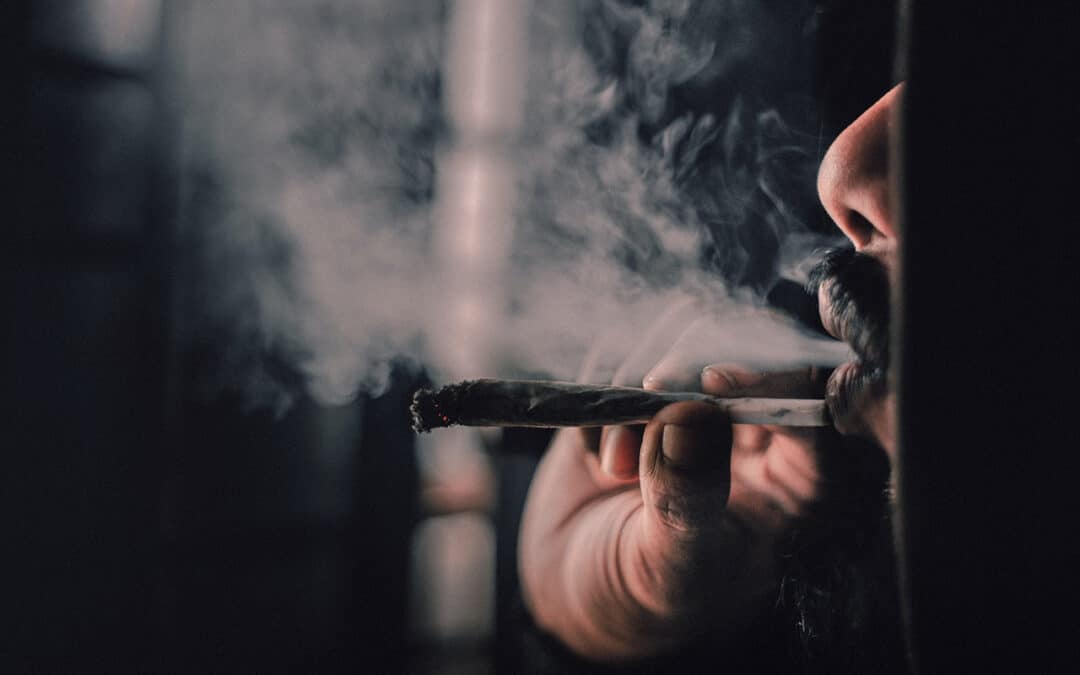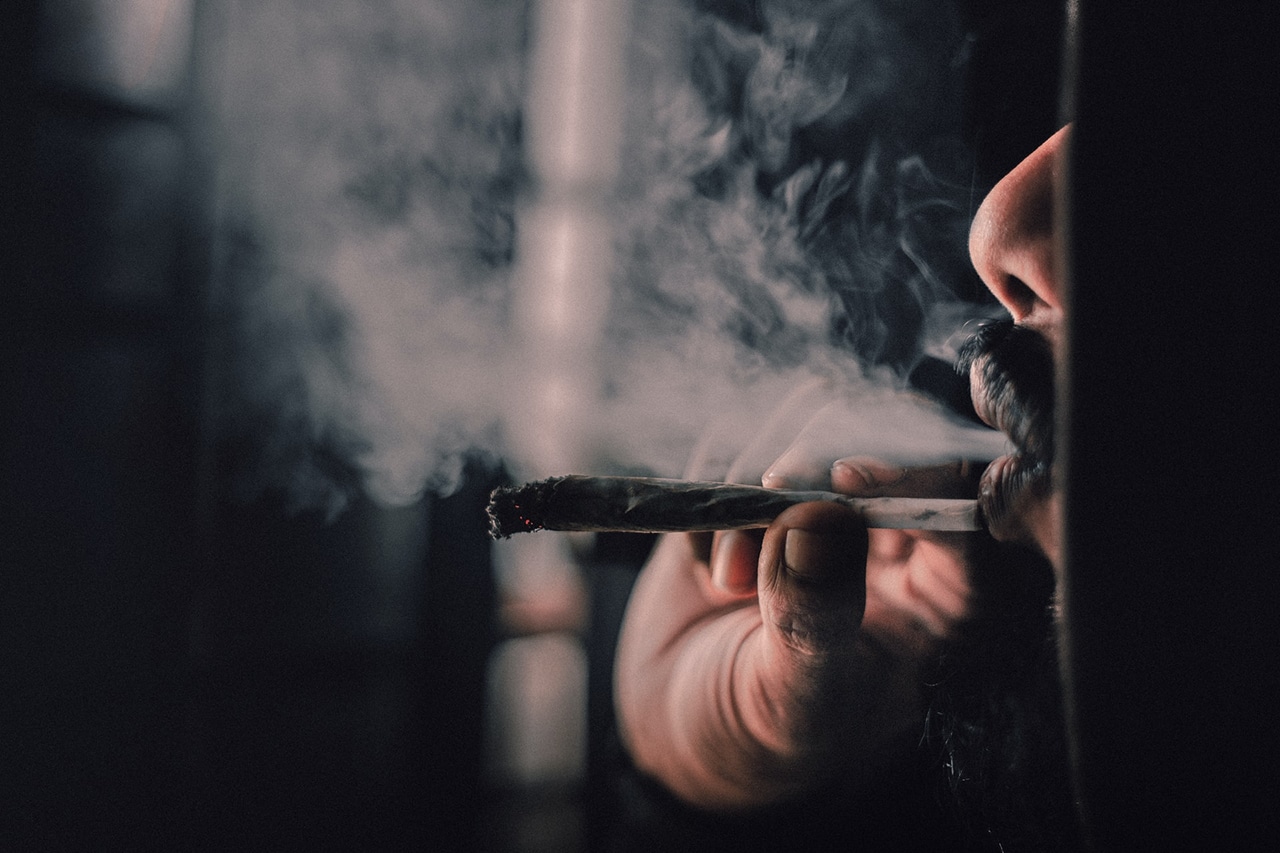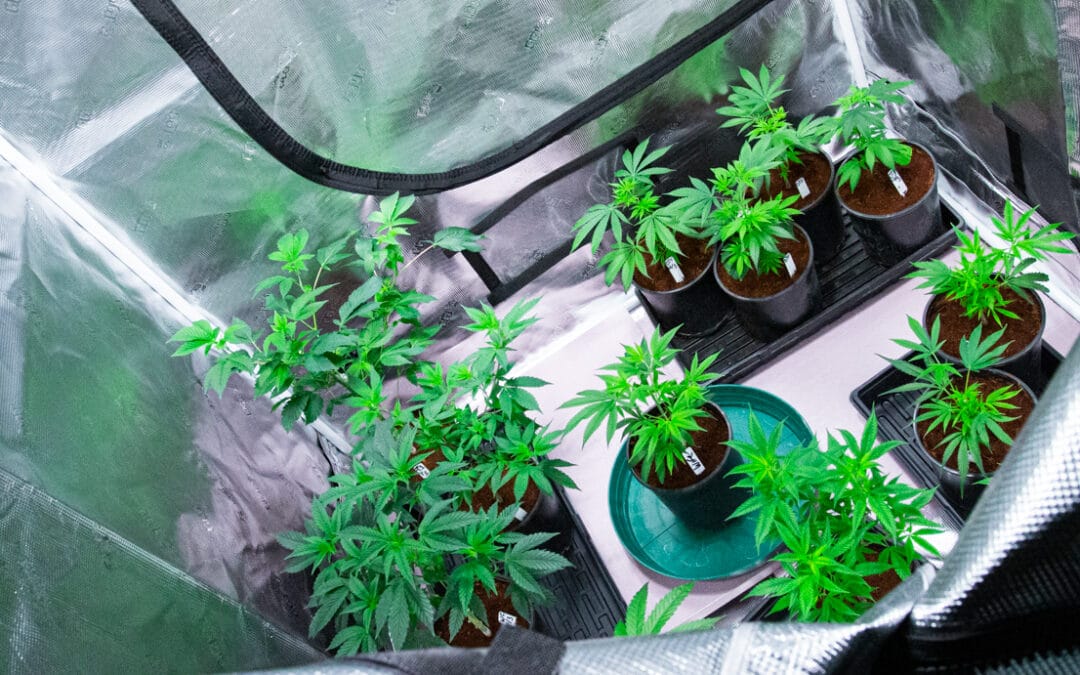
South Carolina medical marijuana bill approved by Senate

A South Carolina medical marijuana bill pre-filed in late 2020 has finally been approved by the Senate, and will now go on to the House of Representatives for consideration.
The Compassionate Care Act was passed in the Senate on its third reading February 10. Initial passage was expected a day prior following a bipartisan vote to advance the bill, however Thursday’s voice vote means the legislation will be formally transitioned to the other body.
Passed through the Senate Medical Affairs Committee in March 2021, the bill was blocked by a lone senator who prevented it from reaching the chamber floor. Republican Sen. Tom Davis has been the driving force behind the Compassionate Care Act, and doubled his efforts following the blockage in 2021 to get it across the finish line.
The state’s Governor Henry McMaster, also a Republican, said earlier in the week that it is still too soon to comment on the proposal. “This is on that’s going to depend on a lot of things,” he told a local station. McMaster added that he would be waiting for the final version before deciding whether or not to sign off on it if the bill hits his desk.
As it stands, the current bill would allow patients with qualifying conditions to possess and purchase cannabis products from licensed dispensaries. Smokable products, as well as home cultivation of cannabis by patients or their caretakers, would be prohibited. Simply possessing the plant form of cannabis could be punished as a misdemeanor.
Qualifying conditions for medical cannabis include cancer, multiple sclerosis, epilepsy, glaucoma, Crohn’s disease, sickle cell anemia, ulcerative colitis, cachexia or wasting syndrome, autism, nausea in homebound or end-of-life patients, muscle spasms, post-traumatic stress disorder (PTSD). The bill would also allow access for patients with “any chronic or debilitating disease or medical condition for which an opioid is currently or could be prescribed by a physician based on generally accepted standards of care.” An example of this would be severe or persistent pain.
If the South Carolina medical marijuana bill were to pass and be signed into law, purchases of medical marijuana would be subject to the state’s 6% sales tax. Local jurisdictions would also be able to levy an additional tax. The state also has plans to handle dispensaries differently as it stands currently.
Rather than traditional dispensaries that are found in other states, the South Carolina medical marijuana bill calls them “pharmacies” instead. This is because the sites would be required to have a pharmacist on the premises at all times, and the South Carolina Board of Pharmacy would oversee business regulations.
Those with felony drug convictions would be barred from participating in the industry for 10 years under the Compassionate Care Act. In an effort to prevent a multi-state operator takeover, the state would also give priority to in-state businesses when the time for licensing comes.
The initial rollout would approve 15 cannabis cultivators and 30 processing facilities. A cannabis pharmacy will be licensed for every 20 pharmacies in the state, and five testing labs and 4 transport licenses will be given out.
75% of tax revenue collected from South Carolina medical marijuana sales would go into the state’s general fund. An additional 10% would go to drug abuse treatment services, 5% to state law enforcement and the rest will be diverted to cannabis research and education.
A February poll found that voters approve of South Carolina medical marijuana by a five to one ratio. Rep. Davis said last year that if the legislature didn’t advance the reform, he’d propose a bill to put the question of medical marijuana legalization to voters through a referendum.
















